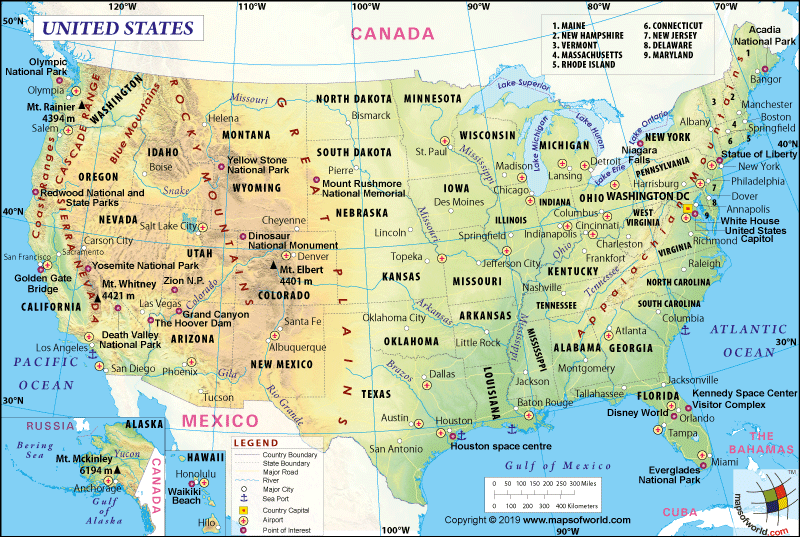What was California Gold Rush?

The California Gold Rush was one of the most important events that shaped the history of America. In early 1848, gold nuggets were discovered in the Sacramento Valley. This sparked the ‘rush’ as gold miners in thousands came to San Francisco in the search of gold. During the gold rush, a net of 750,000 pounds of gold was extracted!
Discovery of Gold
The earliest discovery can be attributed to a carpenter named James Wilson Marshall, who was working at John Sutter’ sawmill. On January 24, 1848, he found in the American River (located near California at the Sierra Nevada Mountains’ base) some flakes of gold. He described his experience as “It made my heart thump, for I was certain it was gold.”
During the same time the discovery was made, the Treaty of Guadalupe Hidalgo was signed, which made California part of the United States and ended the Mexican-American War. At that time, the population of the state was 150,000 Native Americans, 700 foreigners, who were primarily Americans, and 6,500 Californios, who were of Mexican or Spanish descent.
The Word Got out
Sutter and Marshall tried to keep the discovery a hush-hush affair but the news got out anyway. By mid-March, there were reports circulating in newspapers of gold. However, the city took the news with a grain of salt and the first reaction was of disbelief. However, a storekeeper named Sam Brannan left everybody bewildered when he paraded his gold vial all over the town which he allegedly got from the Sutter’s Creek. This sent the whole town in a frenzy and by mid-June, roughly 75% of males in San Francisco left the town to mine gold. By August, the headcount of gold searchers was 4,000.
The news of fortunes found in California spread like fire and soon migrants from China, Chile, Mexico, the Sandwich Islands (now known as Hawaii) and Oregon set their foot on the land of gold. Gold fever was at its peak. After December 1848, even the then US President James K. Polk made a positive announcement directed at the discovery of gold. He wrote, “The accounts of abundance of gold are of such an extraordinary character as would scarcely command belief were, they not corroborated by the authentic reports of officers in the public service.”
The ’49ers Arrived
Men throughout the USA were anxious to make it to California in 1849. Many spent their whole life-savings, mortgage personal properties, and borrowed money for the preparation of the journey. The idea of tremendous wealth even made some leave their wives and kids behind to embark on the arduous path of ascending mountains and sailing in seas! These gold miners came to be known as ’49ers.
As more and more gold miners came along, markets sprang up in the region with saloons, shops, myriads of businesses, and even brothels. San Francisco became a booming economy. However, the chaos was also there due to overcrowding of mining camps. Violence, prostitution, gambling, and other lawless activities grew.
Gold Rush Subsides
After the 1850, the gold in the region evaporated. Miners kept on arriving at the scene nevertheless. What gold was left was becoming increasingly difficult to extract. It required a great deal of labor and plenty of luck. As a result, many miners were driven into indentured servitude. By 1853 hydraulic mining was developed which brought in enormous gains. The gold mining was carried on throughout the 1850s, but the profit was gradually decreasing. By 1857, the profits leveled off around $45 million each year. Settlement continued in California, and by 1860, the population reached 380,000.
Related Links:


